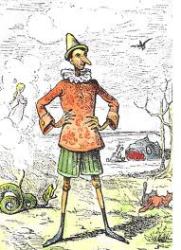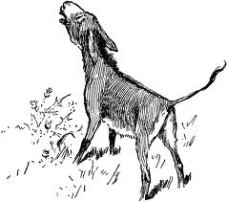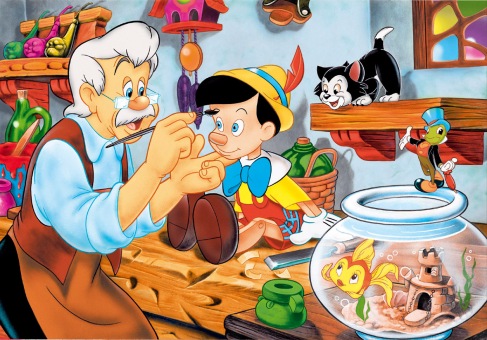Irene’s grandmother is perhaps the most interesting character of George Macdonald’s The Princess and the Goblin. For most of the story the reader believes that the only one who knows of her existence is Irene. She is characterized as omniscient/godlike, as a sort of shape-shifter (she appears as an old woman, a young woman, and a bird). She is beautiful…but old… but timeless. She also has magical healing powers, spins a thread that leads Irene out of danger, and knows how people are going to act and react to things. It is very easy to look at the grandmother as a representation of a Christian god (or god-like figure, maybe the feminine goddess Sophia?) especially when you consider Macdonald’s own religious history.
With the interpretation of Irene’s grandmother as God (or another Christian figure), it is interesting to look at the other women in this story. Curdie’s mom is of a lower class (she is the wife of a miner—Scottish folklore always glorified the humble working class) and is characterized as domestic and a loving mother. She is also responsible, trusting, honest, wise, and full of common sense. Her opinions and beliefs have weight among even the men of the family. When Curdie tells his mom the stories Irene has told him about her grandmother, she scolds him for not believing Irene and tells her own story of when she was rescued in the woods by a bright light that guided her home. She emphasizes that if he does not have an explanation for something, he cannot know that what someone else believes is false. Lootie, on the other hand, is of a higher class (she is the nurse of the princess Irene) and is also characterized as domestic and a loving mother-figure. Lootie is, however, a sort of foil to Curdie’s mom in every other way: she is irresponsible (getting lost in the woods and sometimes losing track of Irene), nervous, skeptical, proud and a bit foolish. She is a people-pleaser and is always worried about losing her job. She scolds Irene for “telling stories” about her grandmother and when the Irene asks her grandmother about Lootie she says that Lootie will not believe in her.
It is very easy to imagine these two women characters as representative of the believer and the non-believer of God and of Christian morals.















